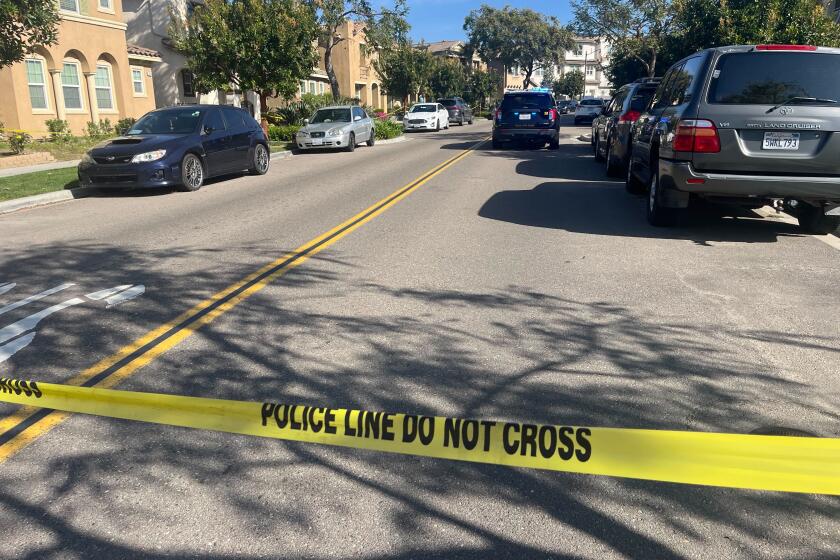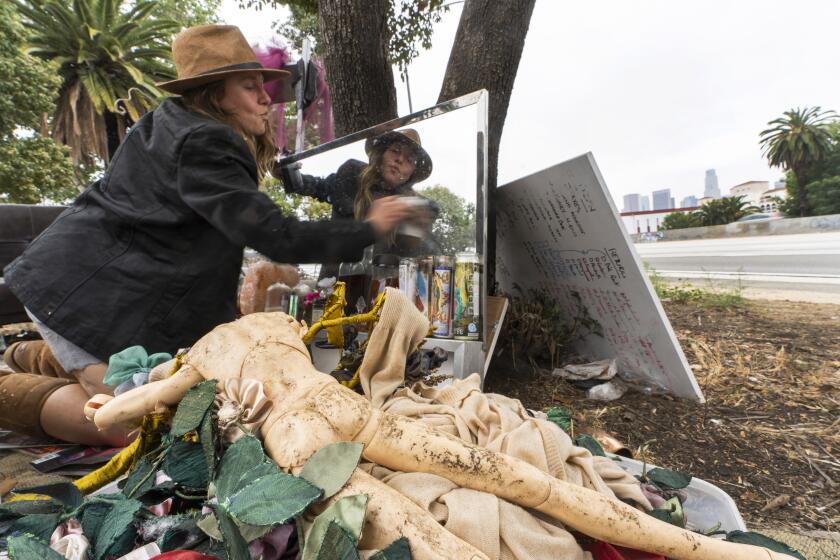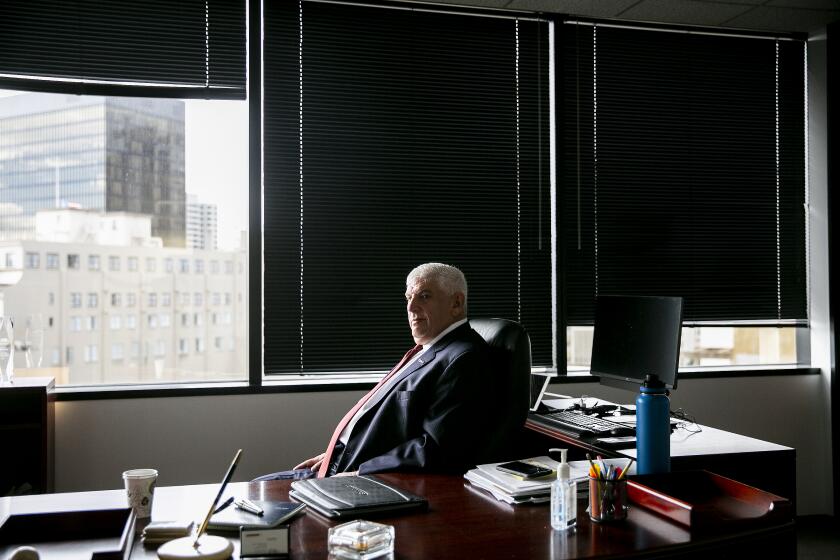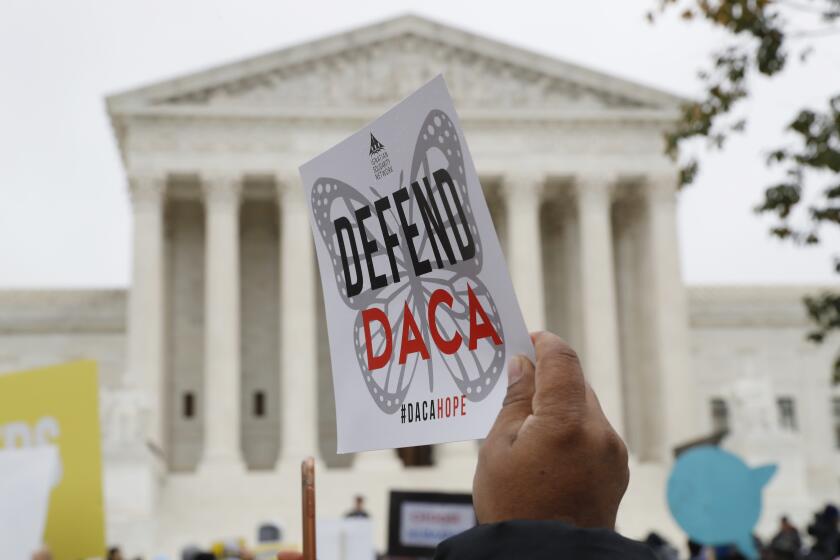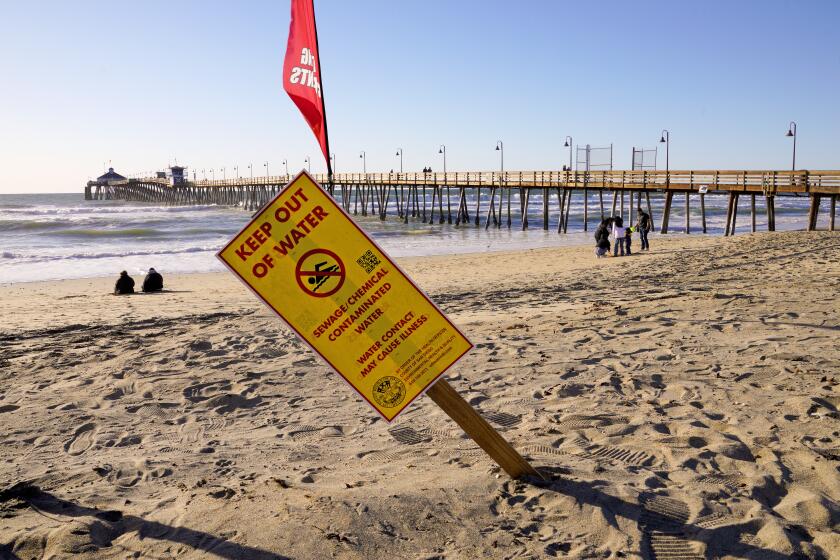Opinion: Barrio Logan residents deserve to breathe a little easier
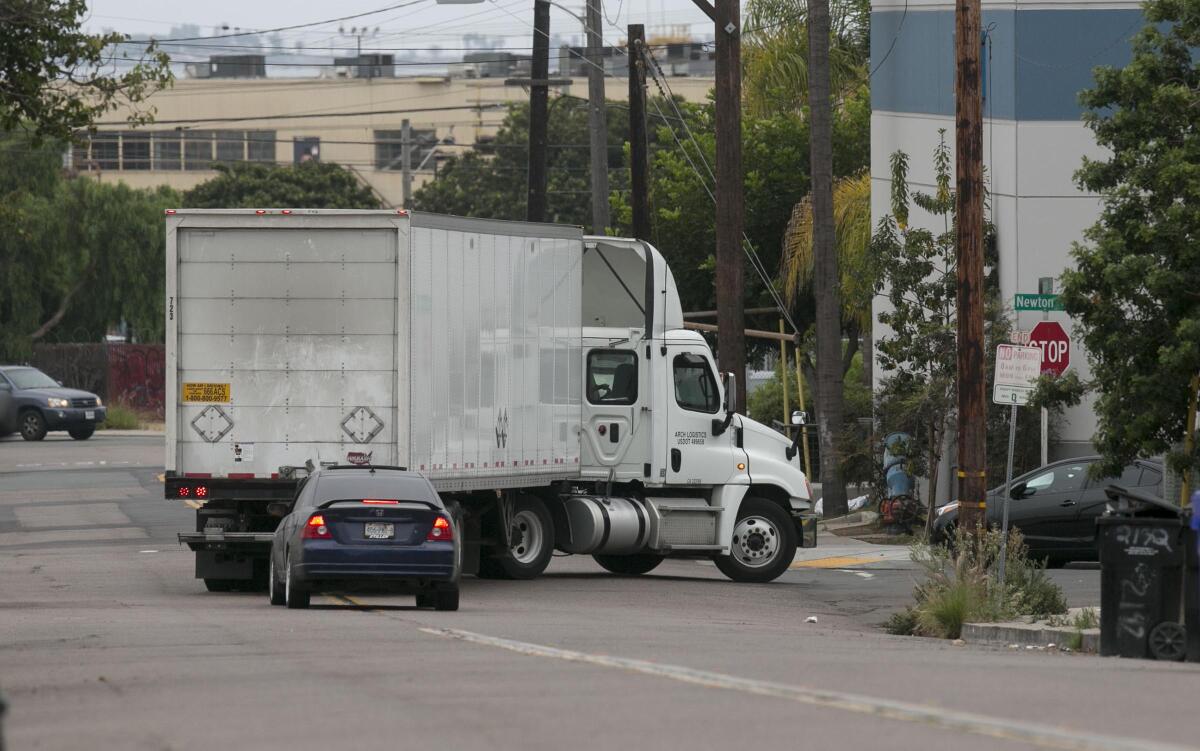
Port of San Diego will consider a new policy with the goal of having cleaner air and maritime transport
The editorial board operates independently from the U-T newsroom but holds itself to similar ethical standards. We base our editorials and endorsements on reporting, interviews and rigorous debate, and strive for accuracy, fairness and civility in our section. Disagree? Let us know.
On Tuesday, the board of directors of the Port of San Diego will consider a new policy with the goal of having cleaner air and maritime transport, including that all heavy-duty trucks using the port’s two marine cargo terminals be zero emission by 2030.
Their focus on generational environmental injustice is welcome but overdue. Port officials told The San Diego Union-Tribune Editorial Board they are aggressively responding to concerns about diesel emissions hurting the health of those who live near the ports at 10th Avenue in San Diego and in National City. They noted that 2030 is five years ahead of the state’s deadline and theirs is the most ambitious plan by any port in California. They said they are focused on the future because they can’t change the past — but, according to the U.S. Environmental Protection Agency, Barrio Logan residents, mostly Latinos, are more than twice as likely to have asthma as the national average, and the rate of cancer is in the 80th to 90th percentile. They say they are but one agency among many — but while Barrio Logan and nearby neighborhoods face pollution from Interstate 5 and heavy industry, diesel emissions from tens of thousands of annual truck trips are more readily contained. Every little bit helps.
In theory. It’s not clear if the port can effectively police this mandate with its tenants. And in a separate meeting with the editorial board, Diane Takvorian of the Environmental Health Coaliton faulted the lack of specifics in the port’s plan and its failure to set up metrics to determine progress. She said the Port’s plan to have 20 percent of its annual truck trips performed by zero emission trucks by mid-2026 casts doubt on the 2030 time frame.
These are legitimate points. The Port has work to do. But what’s needed most, in the big picture, is a sense of broader San Diego community outrage that despite decades of environmental racism, little progress has been made. Such a lethal status quo would never be tolerated in La Jolla. The problem needs concerted action by multiple government agencies, from the Port to SANDAG to Caltrans to Congress to city councils. Some conversations have started. They need to multiply and speed up.
Get Essential San Diego, weekday mornings
Get top headlines from the Union-Tribune in your inbox weekday mornings, including top news, local, sports, business, entertainment and opinion.
You may occasionally receive promotional content from the San Diego Union-Tribune.

